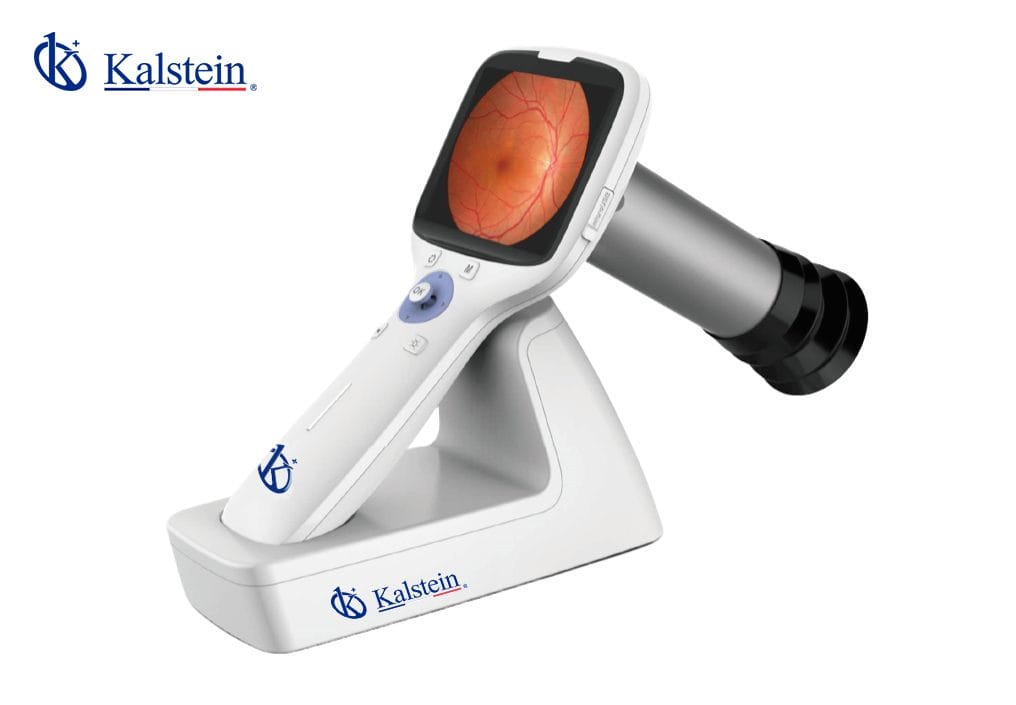A surgical navigator is an innovative medical equipment that is widely used for surgical visualization, planning and precise execution of surgical procedures in operating rooms, these novel equipment help to minimize trauma in tissues and reduce the risk of surgical complications in procedures performed in the operating room.
These devices can work integrated with external devices, such as microscopes and ultrasounds. They allow the corresponding calculations thanks to specific software and based on sensors that are placed in patients during the operation. Its main objective is to provide help to the surgeon to make decisions about the orientation of the cuts to be made, implant positioning or handling of ligaments and surrounding tissues, as it functions as a GPS and guides the surgeon in real time on their exact position.
What is a surgical browser used for?
Surgical browsers work with conventional imaging techniques such as CT scans or MRI scans. As we mentioned, they are a technological tool that provide reliable help to surgeons, very useful in procedures such as:
- Biopsy.
- Catheter placement.
- Tumor resection.
- Decompression of the column.
- Pelvic or spinal fixation.
- Treatment for spinal or sacral trauma.
- Deep brain stimulation electrode positioning.
How is a surgical browser used?
A surgical navigator is used as a GPS, through which the surgeon can verify with millimetric precision during the surgery in which anatomical place is located and the precise position on which it should act, since this device provides the surgeon with the spatial, real-time location of the instruments in relation to the anatomical and pathological structures of the patient.
Using a surgical navigator can accurately locate anatomical structures in open or percutaneous procedures. By using these equipment you get a great advantage, as it is more precise, safe and anticipates possible complications that may occur in surgical procedures, so you get better results in them. As for the surgeon, the use of a surgical navigator, brings as advantages that shortens the time in the operating room, improves its accuracy and comfort during the surgery and reduces stress.
What do we offer you in Kalstein?
Kalstein is a company MANUFACTURER of medical and laboratory equipment of the highest quality and the best technology at the best prices in the market, so you can make your purchase confidently with us, knowing that you have the service and advice of a company specialized in the field and committed to innovation. In this opportunity we present you new electromagnetic surgical browser YR02143 assisted by computer, its main characteristics are:
- It is widely used for surgical visualization, planning and navigation to help minimize iatrogenic trauma to surrounding brain tissue and reduce the risk of surgical complications in cranial procedures (such as cranial neurology and ENT surgery).
- The advanced optical tracking system tracks real-time 3D position and orientation of active or passive markers attached to surgical tools, for exceptional accuracy (1.0 mm spatial resolution) and reliability.
- The method of 3D simulation and modeling of anatomical structures in material (such as skin, skull, brain tissue or target injury) can be easily defined by surgical convenience.
- With the navigation probe and advanced optical measurement technology built in, the surgeon can easily quantify the size and position of the lesions, then scientifically design the surgical approach.
- The system provides operators with four navigation modes for comprehensive monitoring of the navigation process.
- The intelligent software will help calibrate and compensate for unexpected changes in anatomical structure and brain change induced by removal of the intracranial lesion area.
- The YR02143 navigation system can be operated with a surgeon mouse or a touch monitor mounted on the mobile cart or on the ceiling hanger arm.
- The system automatically stores all patient image data and log information to allow the surgeon to quickly charge and continue surgical navigation against the unexpected power outage.
- It can be used for all neurological and ORL surgeries, especially in deep intracranial lesions, small intracranial volume lesions, small-edge intracranial lesions and minimally invasive surgeries. HERE
For more information we invite you to take a look at HERE




